Wellness by Design
Text by Steve Jarvis
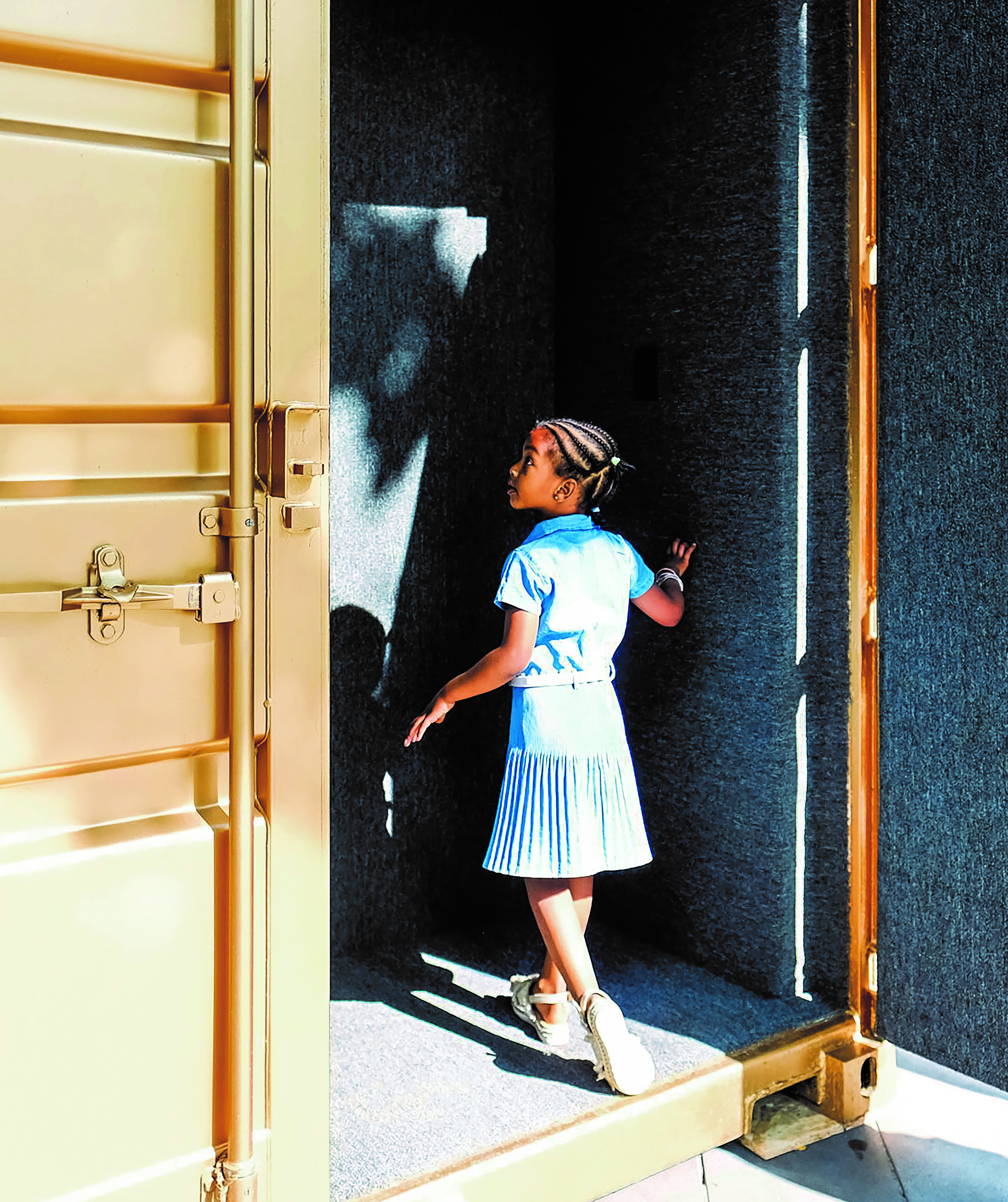
|
This issue of Signed is the second in a series of three exploring the potential for Social Design to build better communities and, by extension, better societies. The first issue concentrated on the principles, processes and strategies used by Social Design organisations to stimulate social change. In this issue we focus on the topic of designing “Wellness” in society. The opposite of crisis management, wellness is a concept that makes sense when understood as a healthy state of being, the actions necessary to maintain this condition, the preventing of destablisiing crises, and reducing their impact when they do occur. Just as the degree of an individual’s wellness can be assessed by accounting for their points of weaknesses, with societies, we can gauge a general level of social wellness by considering the circumstances of those most vulnerable within our ranks. |
Others

最新動態 | 1 May 2020
The Simplicity of Wellness Design
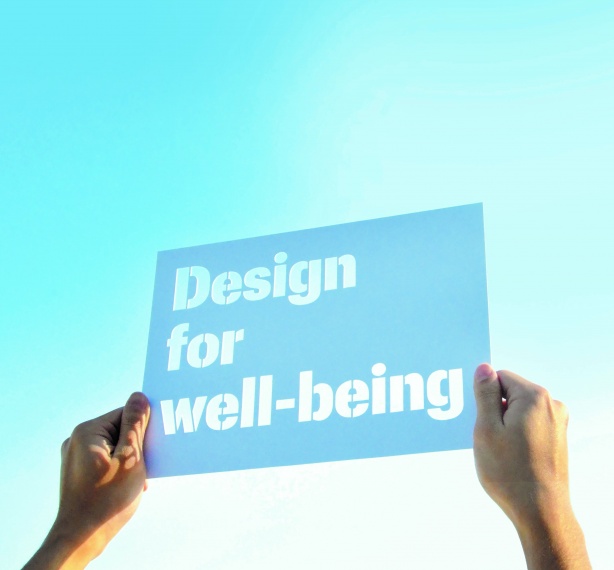
最新動態 | 1 May 2020
Design For Well-Being

最新動態 | 1 May 2020
Fashion Endeavours - 2020 DFA Hong Kong Young Design Talent Awards

最新動態 | 1 May 2020
The Road of My Cyber Physical Hands
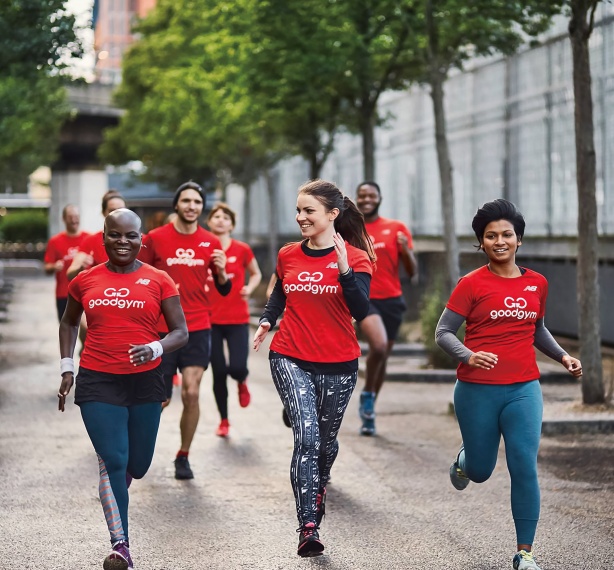
最新動態 | 1 May 2020
Good Gym - Fit Bodies Make Healthy Communities
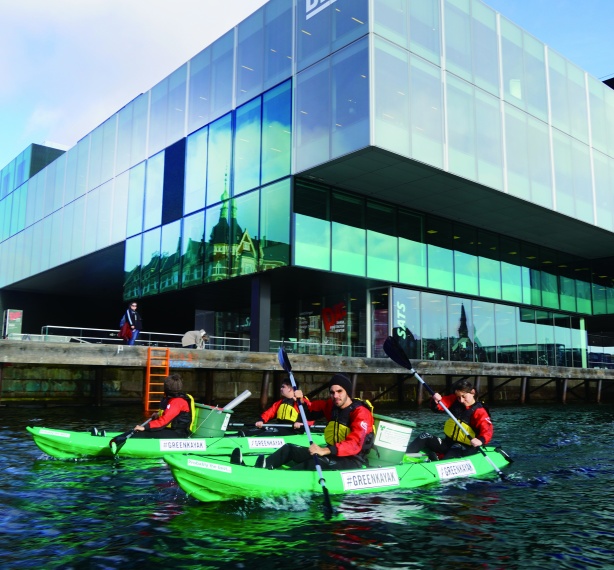
最新動態 | 1 May 2020
GreenKayak - Paddling to a Better Environment
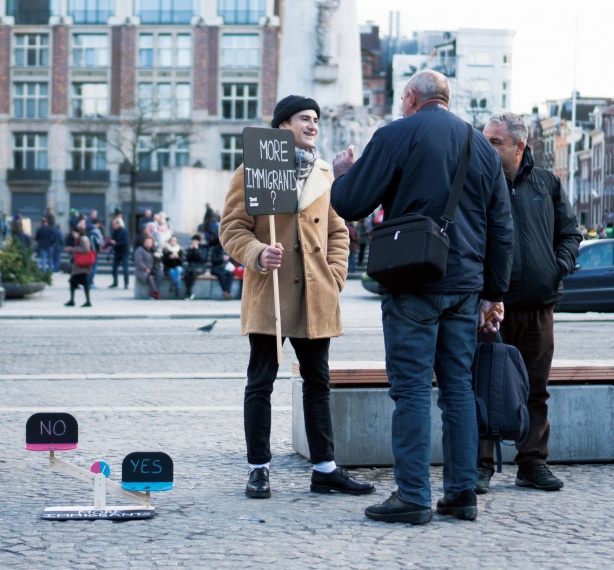
最新動態 | 1 May 2020
Street Debater - Conversations for a Better Society
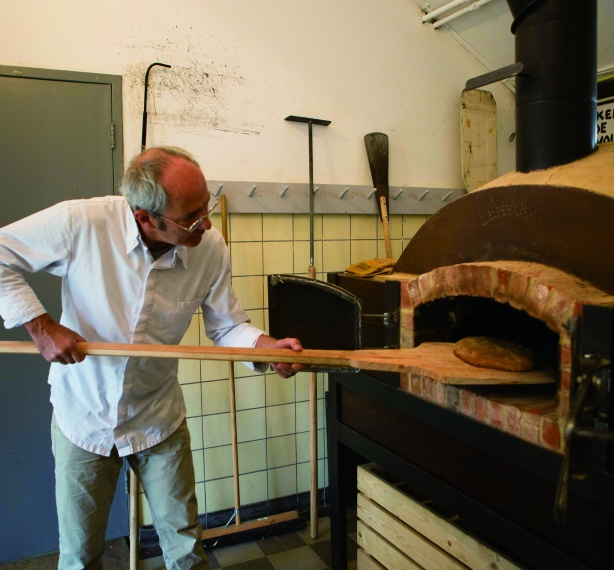
最新動態 | 1 May 2020
Bakery Simplicity - A Recipe for Building Better Communities
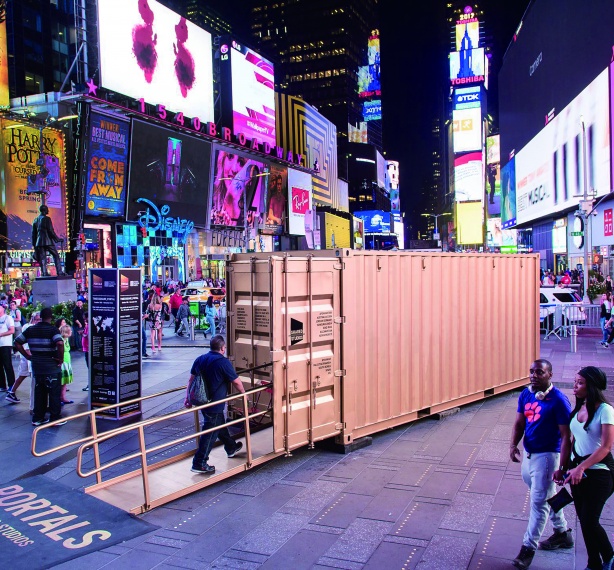
最新動態 | 1 May 2020
Shared Studios - Portals to Better Understanding
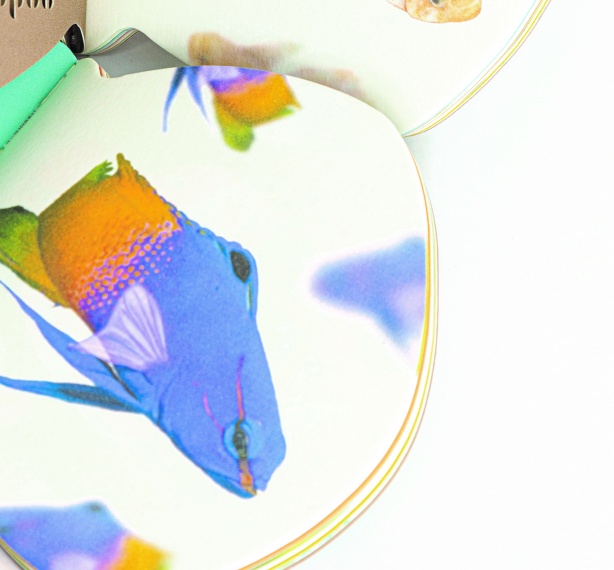
最新動態 | 1 May 2020
Printed Passion - The 31st Hong Kong Print Awards 2020

最新動態 | 1 May 2020
Jewellery - Jadeite Connections
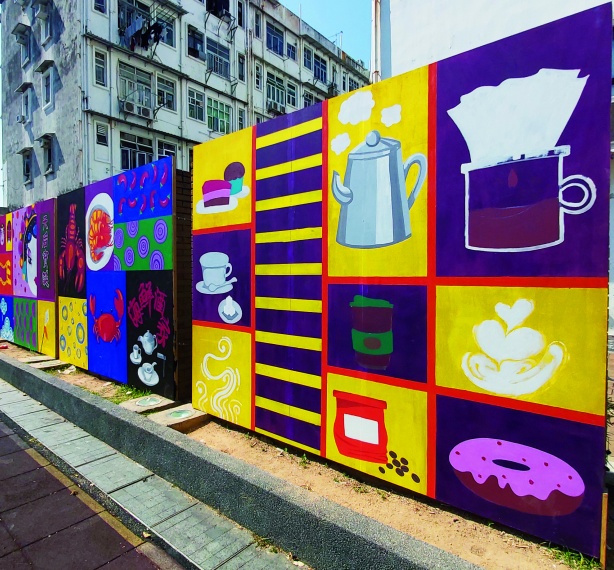
最新動態 | 1 May 2020
Ones to Watch - Dress-up Sai Kung
